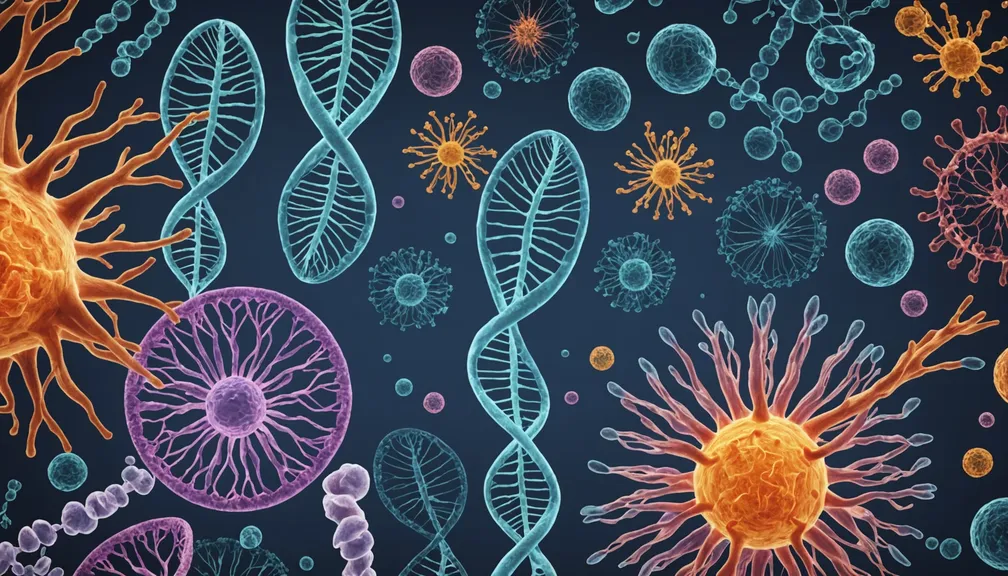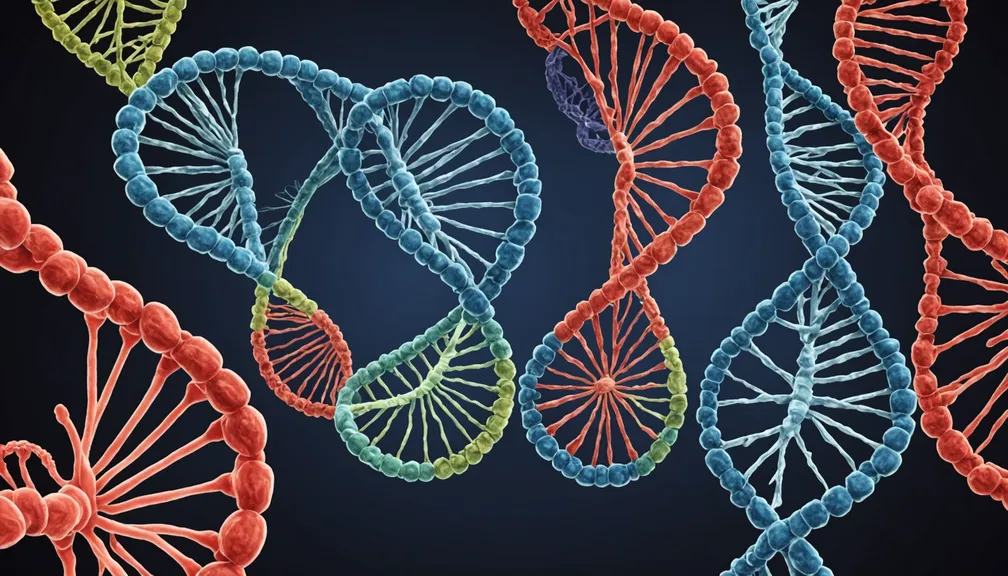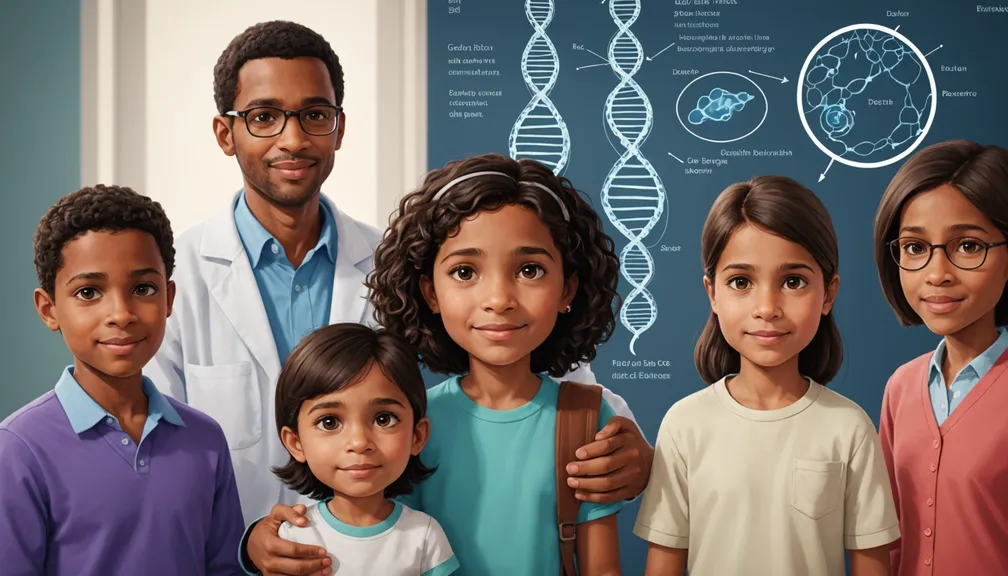Inheritance Patterns: What Families Need to Know
Understanding how genetic rare diseases are inherited can empower families to make informed decisions about their health and future. This lesson explores the different ways these conditions can be passed down through generations, helping you grasp the basics of inheritance patterns.
1. What Are Inheritance Patterns?
Inheritance patterns describe the methods by which genetic traits or disorders are transmitted from one generation to the next. Recognizing these patterns helps predict the likelihood of a disease occurring in family members.
2. Types of Inheritance Patterns
There are several primary inheritance patterns for genetic rare diseases:
a. Autosomal Dominant
- Definition: Only one copy of the altered gene, located on one of the non-sex chromosomes (autosomes), is needed to inherit the disease.
- Characteristics:
- Both males and females are equally likely to be affected.
- Each child of an affected parent has a 50% chance of inheriting the disorder.
- Examples: Huntington's disease, Marfan syndrome.
b. Autosomal Recessive
- Definition: Two copies of the altered gene, one from each parent, are necessary to inherit the disease.
- Characteristics:
- Both parents are carriers but typically do not show symptoms.
- Each child has a:
- 25% chance of being affected,
- 50% chance of being a carrier,
- 25% chance of neither having the disease nor being a carrier.
- Examples: Cystic fibrosis, Sickle cell disease.
c. X-Linked Dominant
- Definition: The altered gene is located on the X chromosome, and only one copy is needed to cause the disorder.
- Characteristics:
- More females are affected since they have two X chromosomes.
- Affected fathers cannot pass the trait to their sons but will pass the altered gene to all their daughters.
- Each daughter of an affected mother has a 50% chance of inheriting the disorder.
- Examples: Rett syndrome, Fragile X syndrome.
d. X-Linked Recessive
- Definition: The altered gene is on the X chromosome, and two copies are needed for females to be affected, while one copy can cause the disorder in males.
- Characteristics:
- More males are affected because they have only one X chromosome.
- Carrier females have a 50% chance of passing the altered gene to their sons (who will be affected) and daughters (who will be carriers).
- Examples: Hemophilia, Duchenne muscular dystrophy.
e. Mitochondrial Inheritance
- Definition: The altered genes are found in mitochondria, which are inherited only from the mother.
- Characteristics:
- Both males and females can be affected, but only females pass the disorder to their children.
- All children of an affected mother may inherit the disorder.
- Examples: Leber's hereditary optic neuropathy, Mitochondrial myopathy.
3. Understanding Your Family’s Risk
- Family History: Reviewing your family's medical history can provide insights into potential inheritance patterns.
- Genetic Testing: Consulting with a genetic counselor can help determine carrier status and assess risks.
- Inheritance Probability: Understanding the specific inheritance pattern of your condition can clarify the likelihood of passing it on to future generations.
4. Genetic Counseling
Genetic counselors are specialized health professionals who can:
- Assess Risk: Evaluate family history and inheritance patterns.
- Provide Information: Explain the nature, inheritance, and management of genetic conditions.
- Support Decision-Making: Assist families in making informed choices about family planning and managing the condition.
5. Support for Families
Living with a genetic rare disease affects not just the individual but the entire family. Support can include:
- Medical Professionals:
- Geneticists: Specialists in genetics who can diagnose and manage genetic disorders.
- Genetic Counselors: Provide guidance and support regarding genetic conditions.
- Primary Care Physicians: Coordinate overall healthcare and referrals to specialists.
- Specialists: Depending on the condition, such as neurologists, cardiologists, or endocrinologists.
- Psychologists or Therapists: Offer emotional support and strategies for coping with the challenges of a genetic disorder.
- Support Groups: Connect with others facing similar challenges for shared experiences and advice.
6. Making Informed Decisions
Understanding inheritance patterns allows families to:
- Prepare for the Future: Anticipate and plan for potential health needs.
- Family Planning: Make informed choices about having children, considering options like genetic testing or assisted reproductive technologies.
- Early Intervention: Seek early diagnosis and treatment, which can improve outcomes and quality of life.
7. Key Takeaways
- Inheritance patterns determine how genetic rare diseases are passed down.
- Types of inheritance include autosomal dominant, autosomal recessive, X-linked dominant, X-linked recessive, and mitochondrial.
- Genetic counseling is a valuable resource for understanding risks and making informed decisions.
- Support from healthcare professionals and community resources can significantly aid in managing genetic conditions.
By understanding these inheritance patterns and utilizing available resources, families can navigate the challenges of genetic rare diseases with greater confidence and support.






